Advanced Trauma Treatment for Children and Adolescents – BESSEL A VAN DER KOLK (Online Course)
Description:
When trauma stays trapped in a child’s body they feel overwhelmed.
They don’t sleep. They’re anxious, depressed, failing in school, angry and socially isolated…
…They are completely vulnerable.
And they can’t describe what’s going on inside them. They simply don’t have the words and language to TELL you.
Traditional therapies can’t help them. To end their suffering, you have to turn to their natural language: Play.
Through play, children expose their trauma, formulate their narrative and begin to heal.
And now, with this powerful online training, you can learn how to integrate play therapy with the core components of the leading evidence-based trauma treatments like EMDR, Trauma Focused CBT, and more.
Packed full of tools, strategies and techniques you can effortlessly blend into your clinical practice, this unique certification course will show you step-by-step how you can help treat unspeakable heartache.
Don’t wait, register today to unlock a powerful approach that can help your clients achieve lasting results and offer them hope through the power of play.
PS – Complete this course and you will become a Certified Child and Adolescent Trauma Professional. Purchase today and you’ll also get a BONUS session from Jennifer Lefebre, Psy.D., RPT-S, where she’ll show you how to adapt your treatment plans to a telehealth setting… So your sessions don’t have to skip a beat while we’re practicing social distancing.
Learn more below…
Step 2: Complete the CE test and instantly print your certificate of completion.
Step 3: Submit your certificate of completion and professional license to Evergreen Certifications.
- How to provide children engaging, developmentally appropriate and empirically validated treatment
- Essential components of trauma treatment that flexibly combine with sensory, non-verbal and embodied play
- A clinical framework that incorporates trauma theory, neuroscientific research and play therapy principles
- Strategies to improve self-regulation, attachments and relational engagement
- Tools to enhance the capacity for healthy play among the youngest of trauma survivors
- 20+ clinical and ethical best practice guidelines
- 10 different types of touch that can occur in a therapy session
- 4 ways to evaluate for a child’s psychosocial experiences related to touch
- 5 therapeutic interventions to handle in-the-moment ethical dilemmas in a play therapy session
- …and more
- Fight-or-Flight (parasympathetic/sympathetic nervous system)
- Attachment Theory
Assessment
- Complex Trauma
- Post-traumatic Stress Disorder
- Reactive Attachment Disorder
- Developmental Trauma Disorder
- A new conceptualization and integrated clinical framework
Essential Components for Trauma-Informed Treatments
- Establishing safety and a sense of competence/worth
- Appropriate attachments & relational engagement
- Self-regulation (body & emotions)
- Self-reflection & Introspection
- Integration of traumatic experiences (acknowledgment & processing of the trauma)
- Future safety ~ transitioning beyond the Trauma
Body Based Treatment – Emotional and Behavioral Regulation
- Verbal vs nonverbal responses – how to recognize trauma without verbal report
- Bottom-up versus top-down processing – trauma starts in the body
- Developmental needs of traumatized children
- Embodied play & sensory integration – emotional and behavioral regulation
- Therapist establishes a friendly relationship
- Accepts the child as he is
- Creates a permissive relationship; child has freedom of expression
- Validates (acknowledge and reflect) child’s feelings
- Responsibility for decisions and change is left mostly to the child
- Child directs the therapeutic process; therapist follows
- Therapeutic interaction is not rushed
- Limits are set only when necessary for child’s outcomes
Advancing Trauma Treatment with Play Therapy
- Non-verbal techniques
- Sensory-based techniques
- Culturally and developmentally appropriate techniques
Play Therapy Strategies and Techniques
- Integration of traumatic experiences to acknowledge and process the trauma: Sandtrays, drawings, & play
- Target shame, self-doubt, and selfcompassion: Sandtray Safeplace & All About Me
- Build an understanding of the brainbody relationship: Flip your lid and Charades
- Target indiscriminate attachments and interpersonal reactivity: Invisible String & Family Sandtray
- Improve emotional and bodily regulation: Stressballs, Be Spaghetti, Feelings Map, Trashballs, Yoga, and Weather Massage
- Clinical concerns of touch in child psychotherapy and play therapy
- No touch policies-more harm than good?
- Types of touch: greeting, accidental, task-oriented, attentional, and more
Assessment for Psychosocial Experiences of Touch
- 4 Child Drawing Assessments
- Rating scale questionnaires
- Parent’s perceptions of child’s touch experiences
- Teacher Touch Observation Rating Scale for child
20+ Top Ethical Touch Best Practice Guidelines
- Practitioner Touch Awareness Questionnaire
- Informed Consent-for therapy approaches that use touch
- Informed Consent-Mandated Reporter of all forms of abuse
- Unethical Forms of Touch
- And many more…
- Risk/benefit decision making
- Child hits/slaps therapist
- Inappropriate touching of therapist
- Child asks to be touched inappropriately
- Child asks for appropriate touch
- Specific populations
- Infants-behavioral cue indications
- Teenagers
- Attachment Disorders
- Autism/Sensory Processing Disorders
- Sexually traumatized children
- 10+ Recommendations for working with abused children
- Engaging parents in problem touch occurrences
FITNESS – HEALTH – MEDICAL Course
More information about Medical:
Medicine is the science and practice of establishing the diagnosis, prognosis, treatment, and prevention of disease.
Medicine encompasses a variety of health care practices evolved to maintain and restore health by the prevention and treatment of illness.
Contemporary medicine applies biomedical sciences, biomedical research, genetics, and medical technology to diagnose, treat, and prevent injury and disease,
typically through pharmaceuticals or surgery, but also through therapies as diverse as psychotherapy, external splints and traction, medical devices, biologics, and ionizing radiation, amongst others.
Medicine has been around for thousands of years, during most of which it was an art (an area of skill and knowledge) frequently having connections to the religious and philosophical beliefs of local culture.
For example, a medicine man would apply herbs and say prayers for healing, or an ancient philosopher and physician would apply bloodletting according to the theories of humorism.
In recent centuries, since the advent of modern science, most medicine has become a combination of art and science (both basic and applied, under the umbrella of medical science).
While stitching technique for sutures is an art learned through practice.
The knowledge of what happens at the cellular and molecular level in the tissues being stitched arises through science.
Preview Information:
Original Page
Archive Page


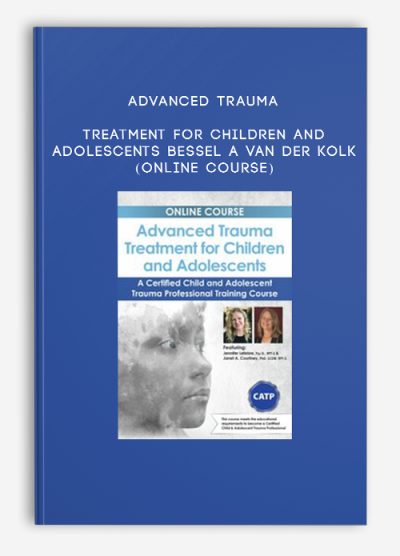
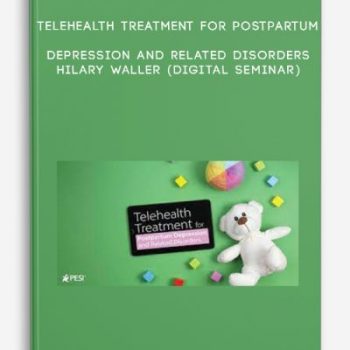
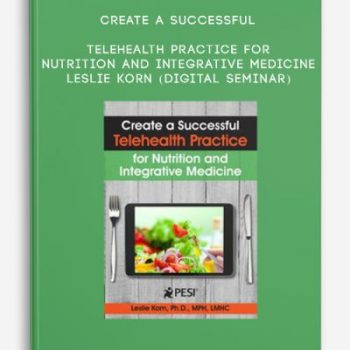
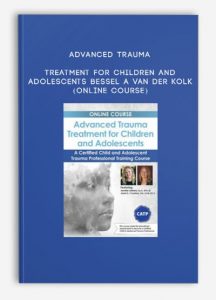
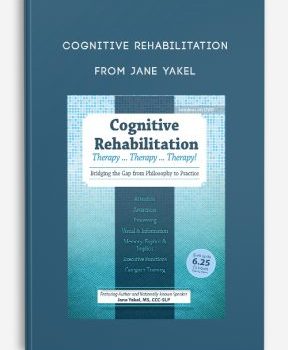

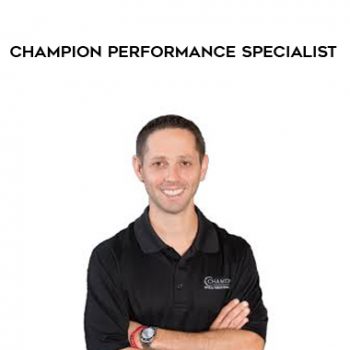

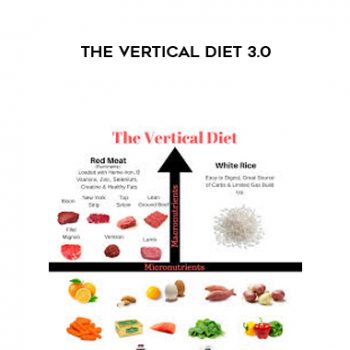
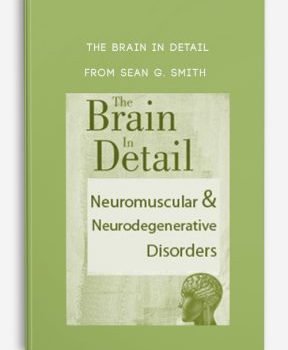
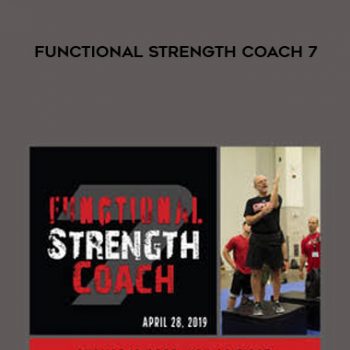

Lord –
This is Digital Download service, the course is available at Vincourse.com and Email download delivery.